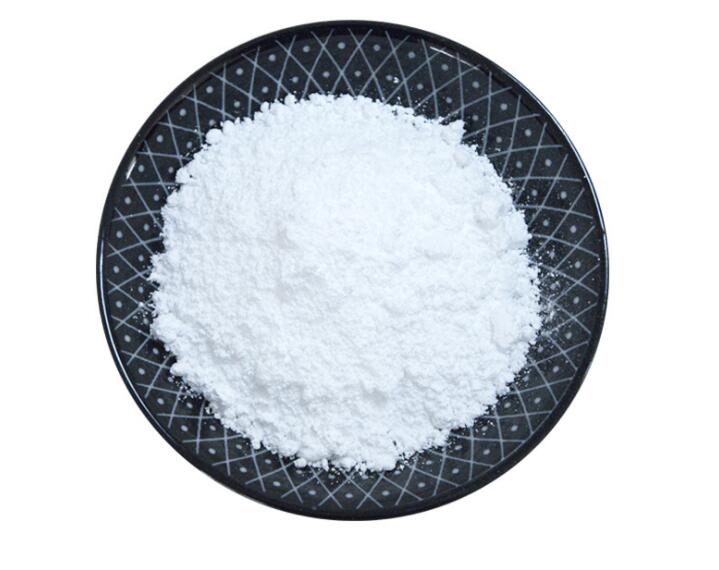Explore the application of bionic mineralization technology in the preparation of magnesium oxide/magnesium hydroxide materials

Biomineralization phenomena in nature, such as the formation of bones and teeth, provide inspiration for the preparation of high-performance materials. This study focuses on biomimetic mineralization technology, explores its application in the synthesis of magnesium oxide (MgO) and magnesium hydroxide [Mg(OH)₂] materials, and conducts in-depth analysis of their microstructure and properties.
1. Introduction Biomineralization is the process by which organisms transform inorganic salts into biological materials with specific structures. Bionic mineralization technology imitates this natural process and synthesizes new materials with predetermined structures and functions under laboratory conditions. Due to their unique physical and chemical properties, magnesium oxide and magnesium hydroxide have shown wide application potential in many fields.
2. Principles of biomimetic mineralization technology
Template guidance: Use biomolecules as templates to guide the deposition process of inorganic salts to form the desired materials.
Environmental regulation: Finely control the growth and properties of materials by adjusting environmental parameters such as pH, temperature and ion concentration.
Surfactant role: Add surfactants to adjust the particle size and distribution of materials.
3. Preparation strategy
Bio-template method: Use bio-molecular templates to promote Mg²⁺ ions to form Mg(OH)₂ or MgO in specific areas.
Soft template method: Use organic molecules such as polymers as non-biological templates to guide material formation.
Bio-induction method: Use microbial metabolites to promote the mineralization process.
4. Material property analysis
Micromorphology: Use SEM and TEM to observe the microstructure of the material.
Crystal structure: Analyze the crystal phase and structure of the material by XRD.
Thermal stability: Use TGA to evaluate the stability of the material at different temperatures.
5. Application prospects
Biomedical field: As a drug carrier or scaffold material for tissue engineering.
Environmental governance: Applied in wastewater treatment and air purification.
Energy industry: Used as a catalyst carrier or battery electrode material.
Bionic mineralization technology has opened up a new way to prepare magnesium oxide/magnesium hydroxide materials with specific properties. By simulating the mineralization mechanism of nature, the morphology and size of the material can be precisely controlled to achieve its innovative application in multiple fields. Future research will focus on discovering more biological templates and optimizing mineralization conditions to expand the application range of materials.








